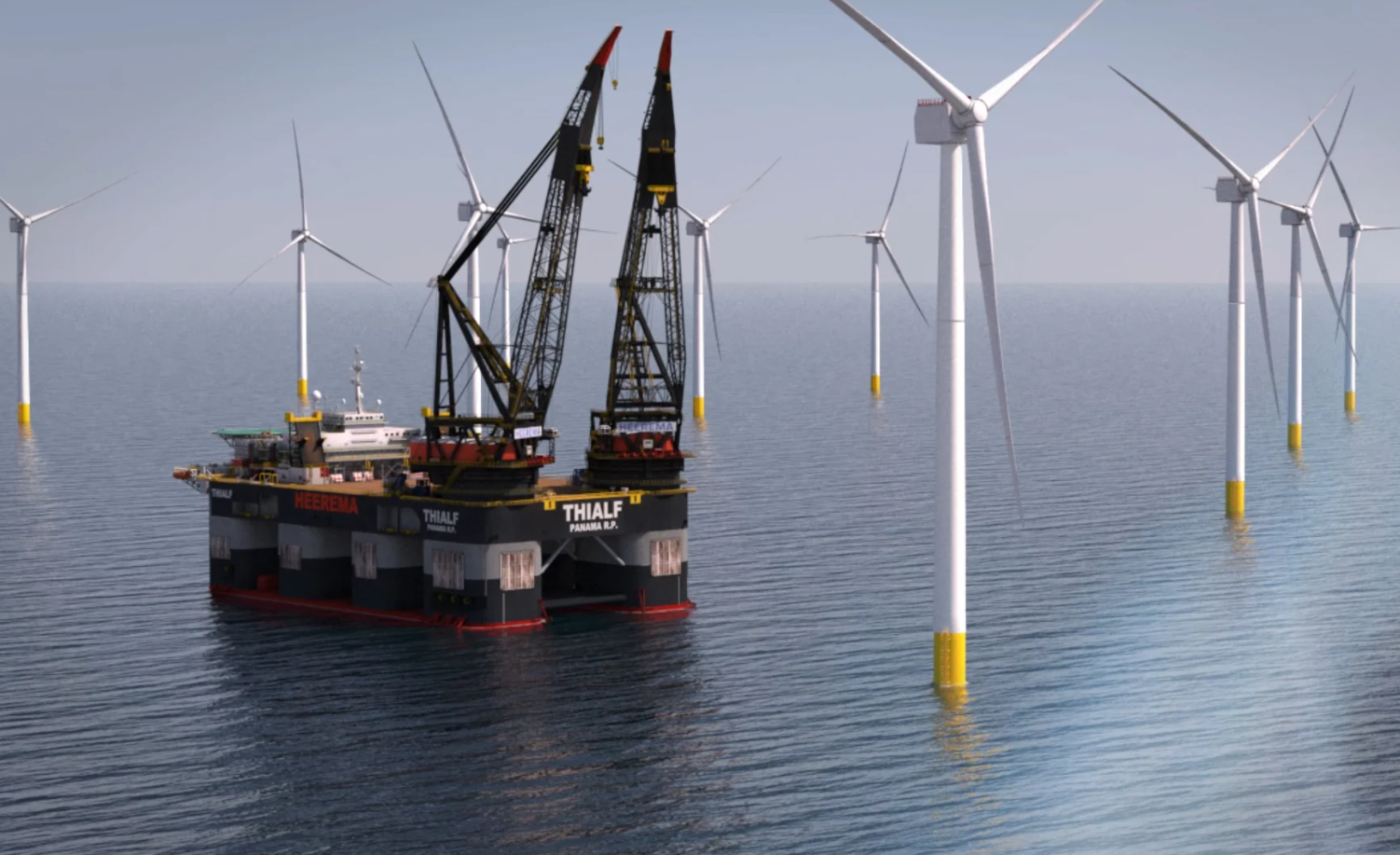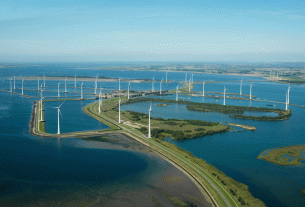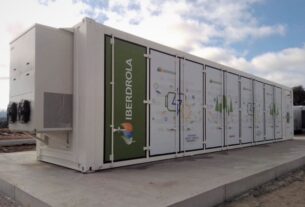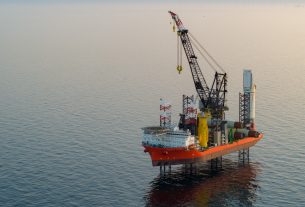The Netherlands – To accelerate the commercialization of offshore floating wind, Heerema has developed a novel floating wind installation method.
Recognizing the logistical challenges of large-scale deployment Heerema Marine Contractors has created a new method for constructing offshore floating wind farms. Using its fleet of floating crane vessels, the company has extensive experience with the complexities of installing floating structures offshore.
Method of installation
The Floating to Floating installation method was created by Heerema to address industry challenges such as efficient resource utilization, such as steel and port infrastructure, offshore logistics and maintenance, and achieving the required scale and rate of installation.
Various methods for assembling floating foundations (floaters) in port before wet-towing to the field are currently being proposed. This poses logistical difficulties, as well as putting a strain on the number of available harbors.
As a result, Heerema has devised an alternative method that eliminates the need for marshalling yards and does not require a wet-tow. Floaters can be built on land before being dry-towed to the desired location using the floating to floating installation method. They’ll be installed after they arrive, using Heerema’s floating installation frame to lift the floaters from the ship. They will then be installed on location.
The floaters will be submerged by weight in Heerema’s floating installation frame, eliminating the need for high-tech ballasting or tensioning systems and reducing installation time. By utilizing the capabilities of Heerema’s semi-submersible crane vessels, the bottom foundation work can be completed in parallel.
Benefits
The lack of wet-towing reduces the floaters’ volume and weight. For in-place conditions only, the floater and wind turbine generator can be optimized.
Installer requirements like ballasting provisions can be integrated into reusable installation tooling. The elimination of in-port floater and WTG assembly reduces port space and draught requirements, as well as quayside capacity.
The decoupling of floater and WTG campaigns reduces supply chain pressure and results in a more efficient process.




